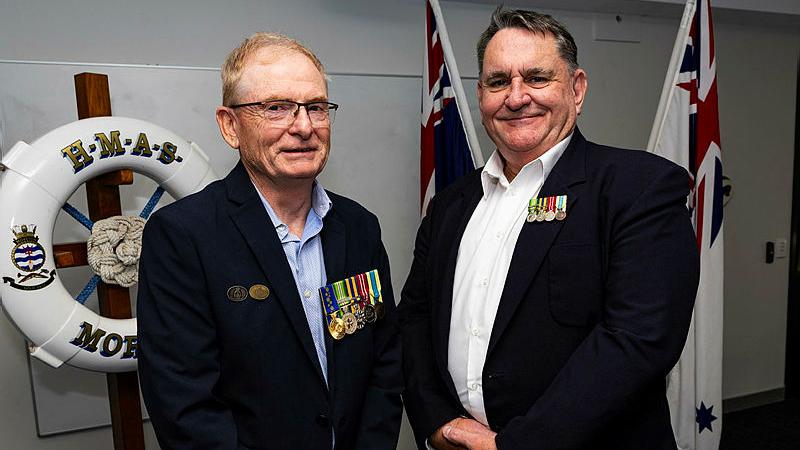A turboprop-powered DHC-2 Beaver sustained an engine failure soon after parachutists had exited the aircraft above a drop zone at Moruya Airport on the New South Wales south coast, an ATSB report details.
The aircraft was conducting skydiving drops overhead Moruya on 4 April 2022 when, on the second flight of the day, and soon after the parachutists had exited, the pilot heard a loud bang and briefly experienced vibrations.
Believing the aircraft had experienced an engine failure, the pilot pulled the fuel emergency shut-off lever, feathered the propeller, assessed the position of the parachutists, and conducted a forced landing at Moruya Airport.
“A post-flight examination of the aircraft identified holes in the cowling above the engine compartment, perforation of the external wall of the engine combustion chamber, holes through the exhaust assembly, and significant damage to the turbine section,” said ATSB Director Transport Safety Kerri Hughes.
“A low-cycle fatigue crack had initiated in the 3rd-stage turbine wheel of the Honeywell International TPE331 engine and grown to failure.”
The ATSB investigation established that errors by a previous maintainer of the aircraft when determining the engine operating cycles and engine component total equivalent cycles meant that the 3rd-stage turbine wheel remained in-service beyond the component life-limit.
“This incident highlights the critical importance of accurate records of equivalent cycles accrued by an engine and engine components,” said Ms Hughes.
“Cycles should be diligently recorded, calculated, and checked to ensure the equivalent cycles accrued by a component is known with confidence.
“This means that components can be replaced prior to the published in-service life-limit being reached.”






